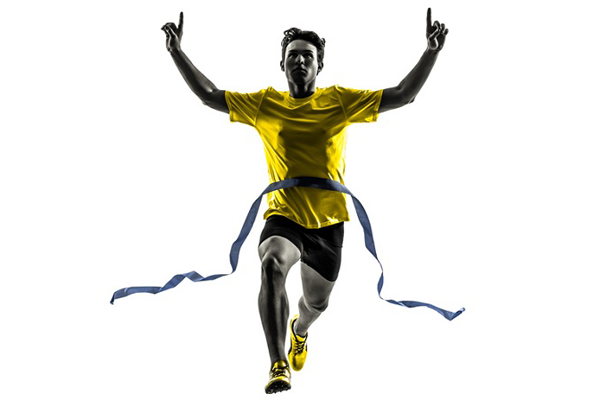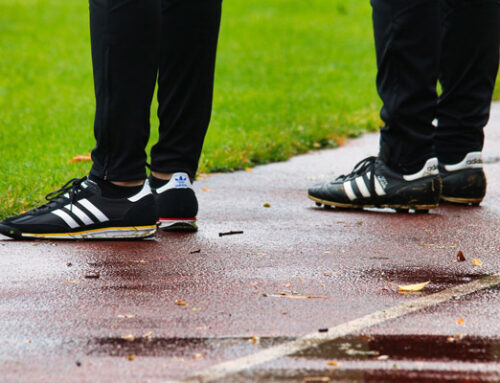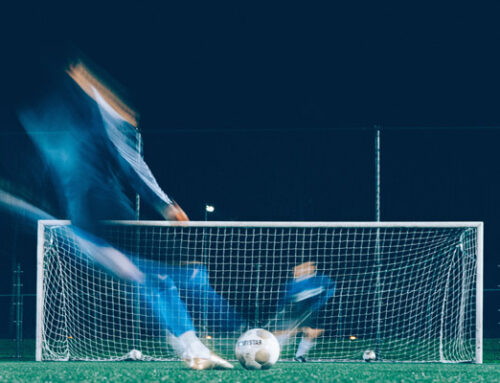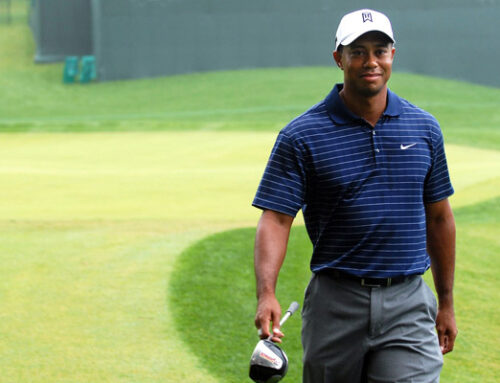The stress: an engine for competition
Numerous elements are important to ensure an athlete’s performance is as close to their potential as possible: technique, physicality, tactical abilities, but also motivation, self-confidence, the ability to manage stress, and more. Today, we will focus on athlete stress management.
In this first article, we will attempt to highlight a few basic elements that are often overlooked.
“Positive stress” in competition
- First and foremost, it’s crucial to understand that stress, if not too high, is positive for the athlete and necessary for them. Stress is the body preparing for action: the heart accelerates, muscles contract… very important for the athlete who needs to perform… In this sense, pre-competition stress is necessary.
- However:
– It must be experienced positively
If an athlete experiences their stress negatively and thinks “I’m stressed, it’s not good,” they are negatively anticipating their competition and might activate a scenario in their mind that will impact their performance: indeed, the brain remembers this scenario, affecting performance. Hence, rethinking stress and telling oneself, for example: “my stress is normal and necessary for my competition,” “my stress is my drive,” or even “I’m a bit stressed, and I will use it to give my best.” - It must not be too high.
Each athlete must remain in a “control zone,” where their stress level is just right, not too low, not too high, “optimum.” If the stress level is too low, they are “too sluggish,” “not energetic”; if it’s too high, they risk “losing it,” no longer controlling their technique…! Tools exist to be in this optimal zone for the athlete. This will be addressed later. Everyone has their own level of bodily activation, their drive. For example, Roger Federer has a lower optimum activation level than Nadal. The latter needs more activation to be at the top of his game.
How to Manage Stress in Competitive Sports?
Here are a few examples of avenues that allow athletes to reach the “optimum.”
- Firstly, it’s important to be aware that one is either too agitated or too sluggish; some athletes don’t realize their state in the heat of action, they might be too nervous, for example.
Step 1, therefore: becoming aware of one’s state. Most high-level athletes, especially the best, have acquired the ability to always have an automated and almost unconscious eye on their level of dynamism. Others haven’t acquired this skill well.
– Then, action on the activation level is needed if necessary (this is the 2nd step). - How?
– Most athletes have acquired rituals, personal behaviors, to calm down or energize themselves at different moments of the competition: before and during (“time-outs”). These rituals are personal and effective. Often, some athletes have already acquired these but don’t use them: it’s important to reactivate them, train them… also during training! Indeed, this not only activates positive automatism but also brings training behavior closer to that in competition.
- Example of a energizing ritual during the match: jumping around, taking a deep breath then exhaling, tapping, using an encouraging keyword, clenching the fist, etc.
- Example of a relaxation ritual during the match: breathing calmly, walking with a relaxed gait, thinking of a relaxing image for a few seconds then refocusing
- Example of pre-match rituals: breathing calmly, walking, ritualized warm-up, going to the bathroom, listening to music, chatting and joking, closing oneself off,… each has their effective rituals!
Managing Stress in Competition with the 1,2,3
So, a good way is to regularly become aware of one’s activation level. For this, one can train (during training, for example, 15 minutes a day for a few training sessions) the following pattern, which will become automatic.
- Ask oneself: “how do I feel physically?” If okay, okay; if too agitated, for example, use a relaxation ritual.
- Ask oneself: “how do I feel mentally?” If okay, okay “go.” If too stressed, use a relaxation ritual.
- Action
About Breathing:
- If you simply become aware of your breathing, focusing on the exhale, your muscle tone will decrease
- If you breathe while being aware of the inhale, your activation level will increase
About Mental Imagery
- If you think of a relaxing image (e.g., the beach), or an image of yourself
- Even when relaxed, you’ll become more relaxed
- If you think of an energizing image (e.g., a lion), or an image of yourself as determined, you’ll become more dynamic
Other techniques like relaxation, sophrology, and cognitive and behavioral techniques are used with the mental coach.
More articles related to this theme:




